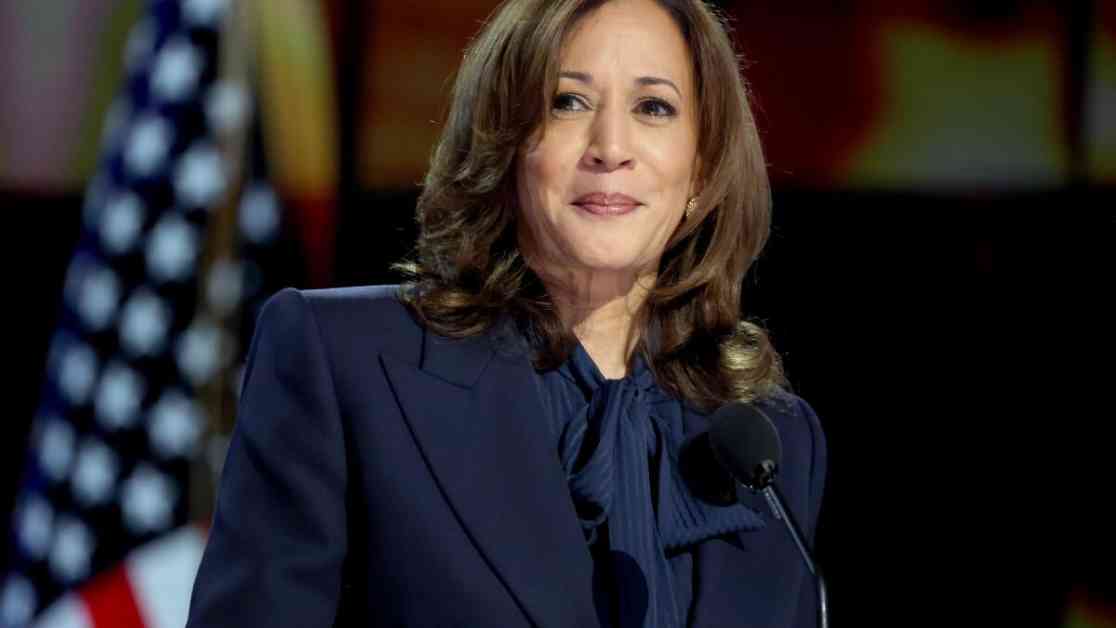Former President Clinton had trouble recalling the year of his first Democratic convention — either 1972 or 1976 — but wondered how many more he’d be around for.“All these young leaders coming up after me,” he said in a wistful prime-time address Wednesday night. “They look better. They sound better. And they’ll be exciting.”
Generational Change at the DNC
This week’s Democratic National Convention showcased a shift towards generational change for a party whose leaders are in their 70s and 80s, including an 81-year-old president who was nudged out of the race last month by an 84-year-old former House speaker. The event was filled with Beyoncé music, coconut social media influencer booths, and a roster of new convention speakers that all contributed to a fresh, upbeat tone.
However, despite the youthful energy, the convention also felt like a return to the Clinton era in terms of policy direction. Instead of the big and bold ideas for structural change that have energized the party in recent years, the focus was on incremental appeals to middle-class anxiety. Key progressive proposals like the Green New Deal, Medicare for All, and comprehensive immigration reform were noticeably absent from the discussions. Calls to expand or restructure the Supreme Court were also kept at bay.
Policy Shifts and Focus
The policy discussions at the convention centered around providing stipends for first-time homebuyers, expanding child tax credits, protecting the Affordable Care Act, passing a bipartisan border security bill that was previously killed by former President Trump, and adding more price caps on prescription drugs — a project initiated under President Biden. The most prominent item on the agenda, a national right to abortion, may face challenges in a Congress where neither party is expected to hold a wide margin.
Vice President Kamala Harris delivered a promise to be “a president who leads and listens, who is realistic, practical, and has common sense.” While the focus on kitchen table economics and centrist policies marked a departure from the progressive fervor of recent years, the Democratic Party seemed intent on presenting a unified front against the backdrop of the upcoming elections.
The Influence of Trump
The real glue that binds the party together and arouses the most passion has been a deep loathing of Trump. Since the former president’s entrance into the political arena, every national decision has seemingly been made in reaction to him and his extremist MAGA movement. Speakers at the convention used giant props to denounce his ideas, activists wore T-shirts highlighting his felonies, and Republicans who denounced him received as much applause as progressive heroes.
The party’s efforts to reclaim the rhetoric of patriotism and frame its promises as a “freedom” agenda have resonated with voters. The elixir of abortion access sprinkled with jokes about the opposition has proven potent in mobilizing support. Harris’ rise in the polls following Biden’s exit from the race is a testament to the effectiveness of this strategy.
Emergence of Harris
Vice President Harris has emerged as a central figure in the Democratic Party, embodying a balance between centrist and progressive ideals. Her ability to navigate ideological differences within the party and present a unified front has garnered support from various factions. Rep. Alexandria Ocasio-Cortez, a prominent young progressive, endorsed Harris during the convention, highlighting her own struggles and praising Harris as a candidate for the middle class.
Harris’ quick consolidation of support from party leaders after Biden endorsed her reflects her strength and determination to lead the party forward. Despite facing criticism and ideological challenges in the past, Harris has positioned herself as a unifying force within the party, drawing on her background and experience to connect with a diverse range of voters.
Challenges and Opportunities
The Democratic Party’s evolution in the Trump era has made it more educated, female-dominated, and reliant on winning support from young people and people of color. The pressure to maintain unity and appeal to a broad base of voters has become increasingly challenging, especially as the party faces internal divisions and external threats.
Seeds of ideological division were visible during the convention, with protests and conflicting messages from party members. However, the overarching goal of defeating Trump and advancing a progressive agenda has united activists and leaders alike. The party’s ability to navigate these challenges and present a cohesive vision for the future will determine its success in the upcoming elections.
In conclusion, the Democratic Party’s path forward is marked by a blend of generational change, policy shifts, and a renewed focus on unity. As the party prepares for the upcoming elections, it must leverage its diverse strengths and address internal divisions to present a compelling vision for the future of the country. The influence of past leaders like Clinton and the emergence of new voices like Harris will shape the party’s trajectory in the years to come.



























